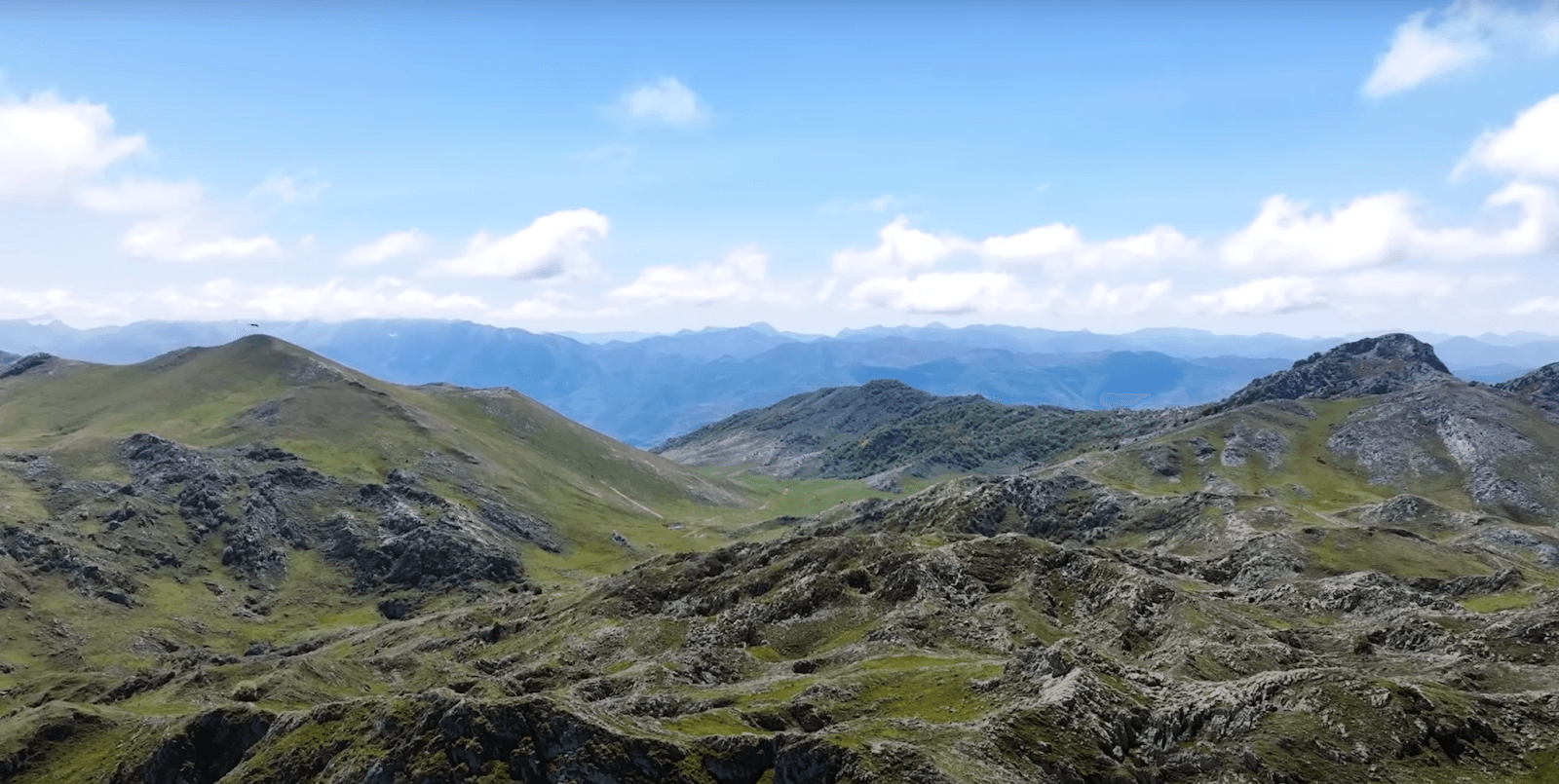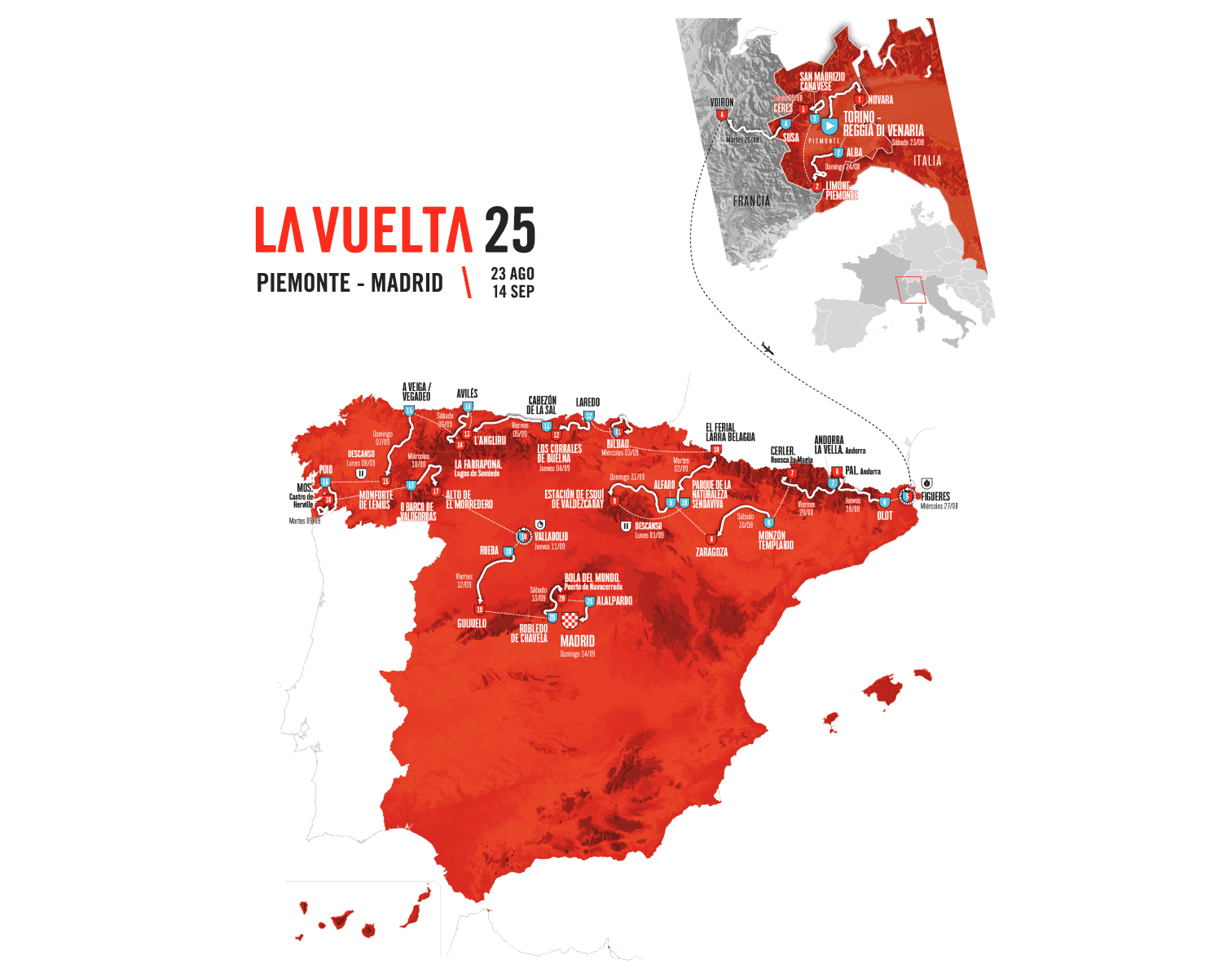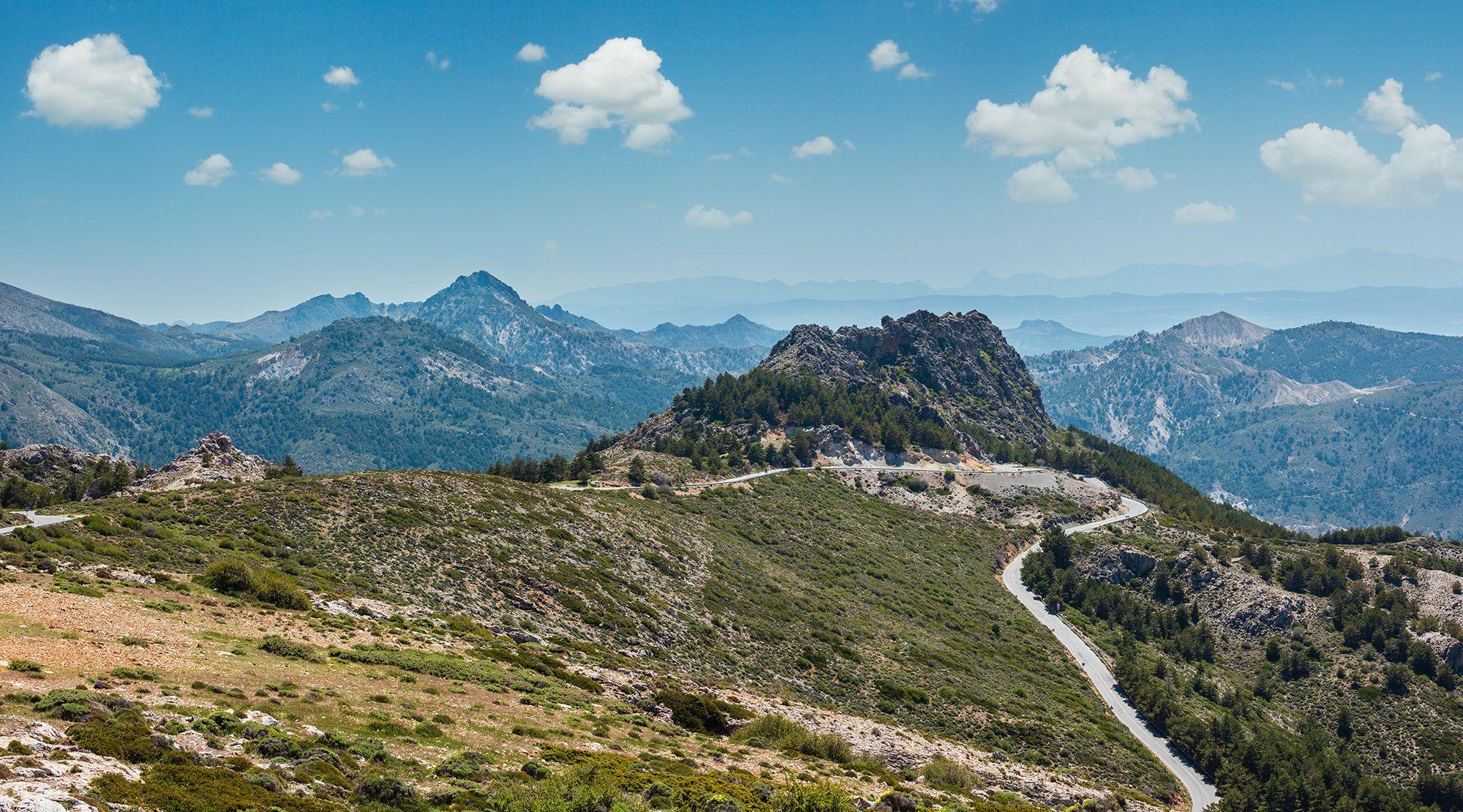The La Vuelta a España origins
La Vuelta, like its sister races—the Tour de France and the Giro d’Italia—was born through the influence of the press. It was first organised in 1935, sponsored by the Spanish newspaper Informaciones, with the intention of creating Spain’s answer to the other two Grand Tours. That first race attracted a field of 50 mostly Spanish cyclists, who faced the daunting task of covering 3,400 kilometres over just 14 days. That’s an average of 240 kilometres per stage—an effort that today would seem almost impossible.
While the Spanish Civil War and World War II forced the event to pause for several years, it returned with strength and passion. From 1955, it became an annual fixture on the international cycling calendar, eventually evolving into the three-week spectacle it is today, complete with two rest days. The race’s first winner was a Dutchman—Gustaaf Deloor—and from there, La Vuelta has grown to become one of the most challenging professional WorldTour stage races in professional cycling.
 Above: The Spanish newspaper Informaciones sponsored the inaugural La Vuelta.
Above: The Spanish newspaper Informaciones sponsored the inaugural La Vuelta.
The Iconic Jerseys of La Vuelta
The visual symbols of La Vuelta, as in all Grand Tours, are the jerseys worn by the classification leaders. The most prestigious is the red jersey, worn by the rider leading the general classification on time. It’s the jersey everyone is after. The green jersey represents the points classification leader, typically a fast finisher who excels in intermediate sprints and flatter finishes. Then there is the white jersey with blue polka dots, signifying the King of the Mountains, awarded to the rider who collects the most points on the climbs. Lastly, the white jersey is worn by the best young rider—someone under the age of 26 who is highest placed in the overall standings.
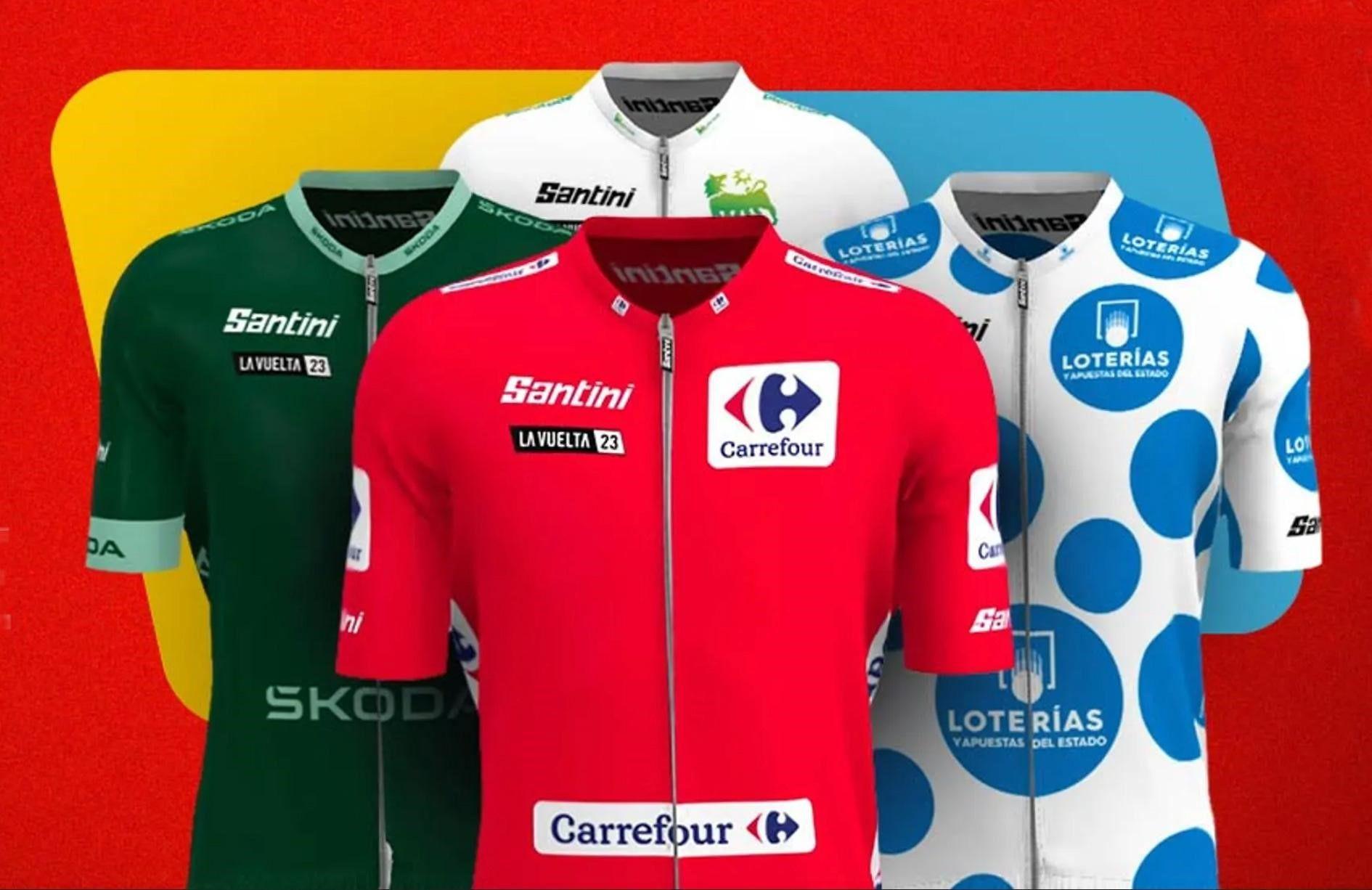 Above: The GC jersey colour winners’ jerseys at La Vuelta.
Above: The GC jersey colour winners’ jerseys at La Vuelta.
La Vuelta 2024 Recap – Star Performers from the Peloton
The 2024 edition of La Vuelta delivered the expected drama and unpredictability, showcasing Primož Roglič as one of the sport’s dominant Grand Tour riders. In a masterclass of strategic racing, he regained the red jersey on Stage 19, claiming his fourth La Vuelta title and equalling Roberto Heras's record.
Australian rider Ben O’Connor emerged as a surprise star, seizing the race lead with a daring attack on Stage 6 and holding the red jersey for 13 stages before finishing second overall. Spanish favourite Enric Mas was consistent throughout, securing third place and ensuring a home presence on the podium in Madrid.
In other highlights, sprinter Kaden Groves excelled in flat stages to claim the green points jersey, while Jay Vine won the King of the Mountains classification. Danish talent Mattias Skjelmose earned the white jersey for best young rider, and Marc Soler was recognised as the race’s most combative rider for his relentless attacking spirit.
Discover the Climbing Icons of La Vuelta on ROUVY
If you’re ready to test yourself on the same terrain that challenges the pros, then ROUVY has something special for you. These virtual segments are taken directly from real stages and reflect the diversity and difficulty of the Spanish landscape.
The Beast Awakens: Alto de l’Angliru
The Angliru, situated in the northwest region of Spain, in Asturias, is a mountain that has gained a reputation as one of the most challenging climbs in cycling. Its steep gradients and sharp bends have earned it the nickname "The Demon of Asturias."
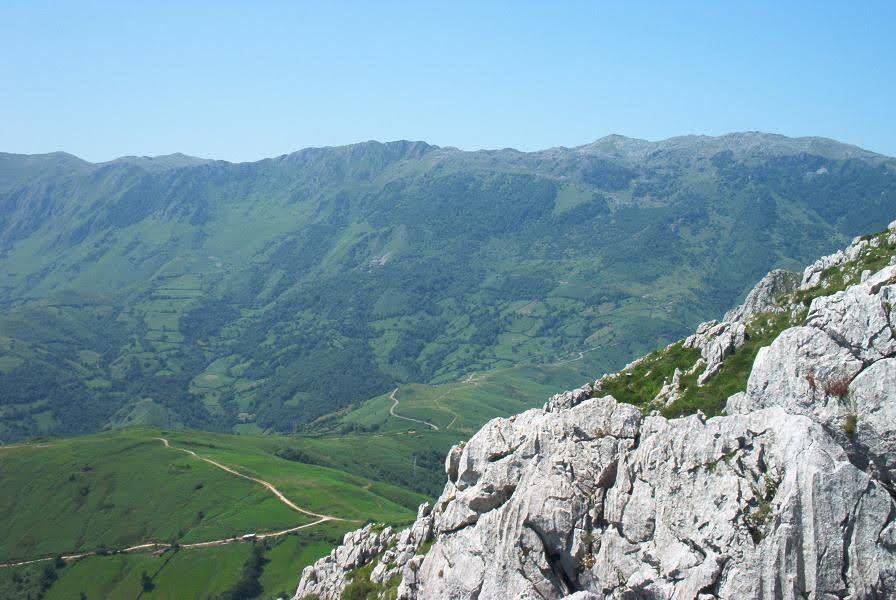 Above: Alto de l’Angliru, also known as ‘The Demon of Asturias’.
Above: Alto de l’Angliru, also known as ‘The Demon of Asturias’.
The notorious 13,2 km Alto de l’Angliru is one of the most feared climbs in cycling—and for good reason. Its average gradient sits near 10%, but it kicks up sharply in the final kilometres, with punishing ramps that reach over 23% and 1,243 m of ascent. In the Spanish Grand Tour, Angliru is a climb that breaks spirits and crowns champions. Virtual or not, the Angliru will test your will, your legs, and your ability to suffer. On ROUVY, you can attempt it at your own pace, but you’ll need extra climbing gears!
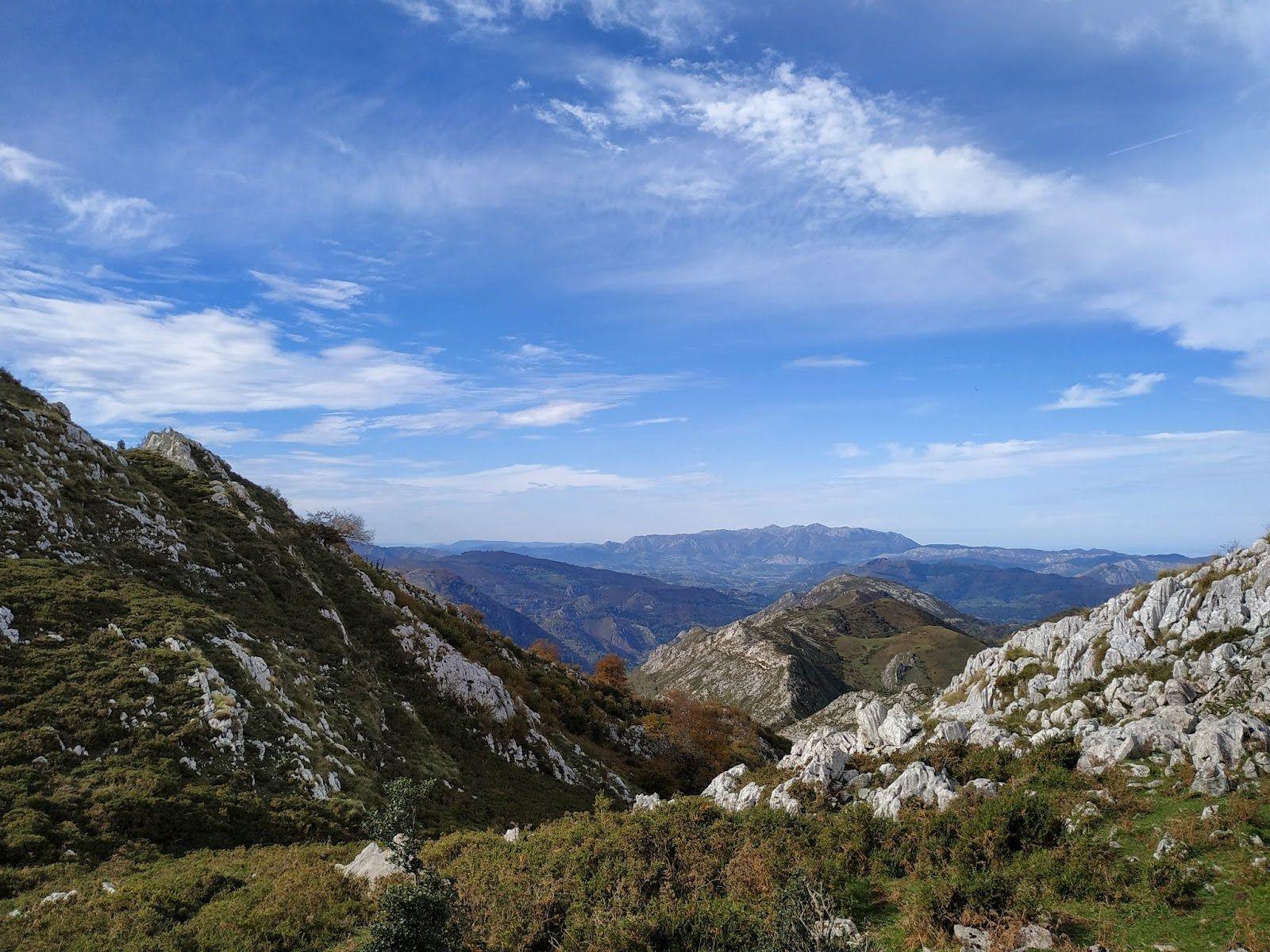 Above: The rugged landscape of the Alto de l’Angliru.
Above: The rugged landscape of the Alto de l’Angliru.
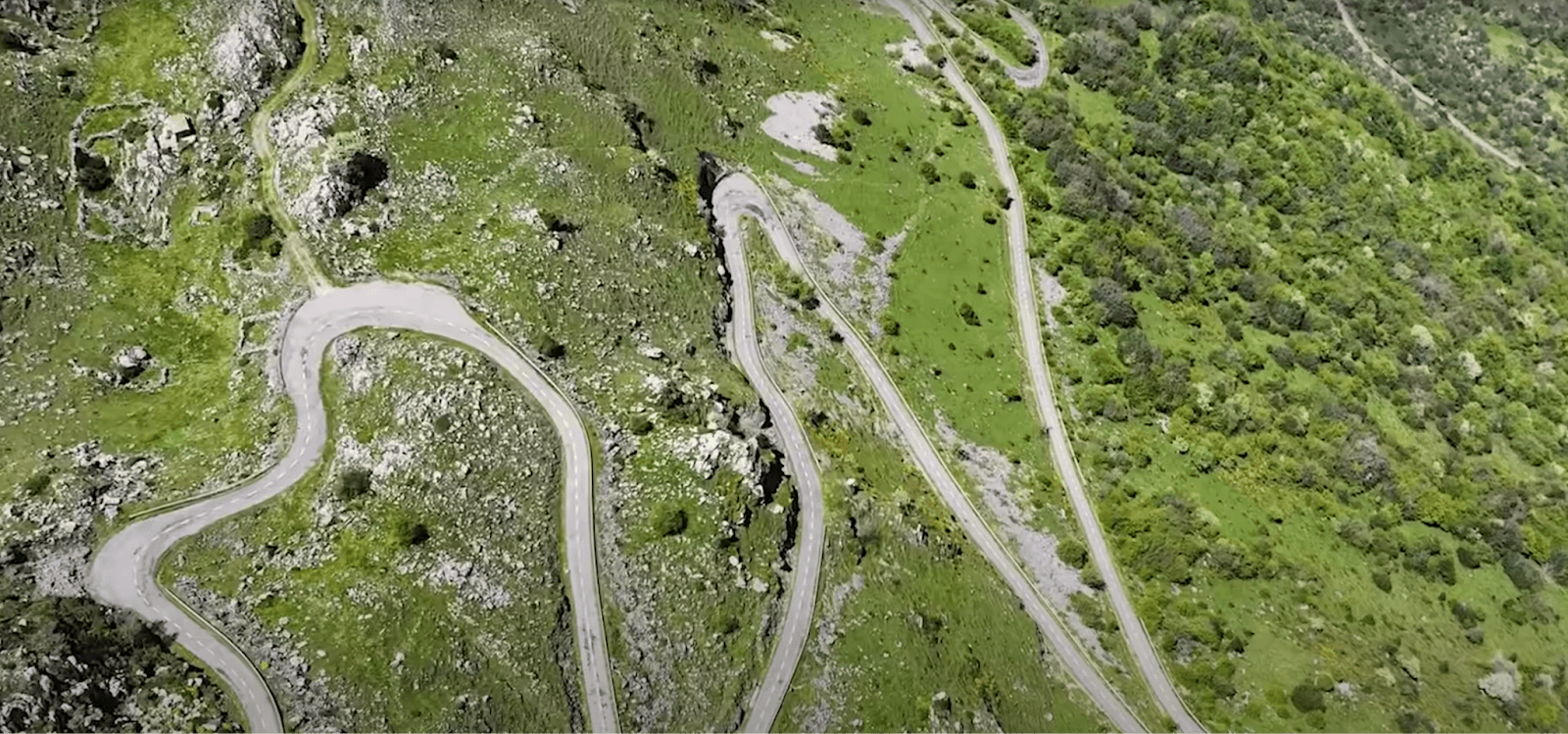 Above: Aerial view of the Alto de l’Angliru.
Above: Aerial view of the Alto de l’Angliru.
 Above: Conquer the Alto de l’Angliru ON ROUVY on your trainer or smart bike.
Above: Conquer the Alto de l’Angliru ON ROUVY on your trainer or smart bike.
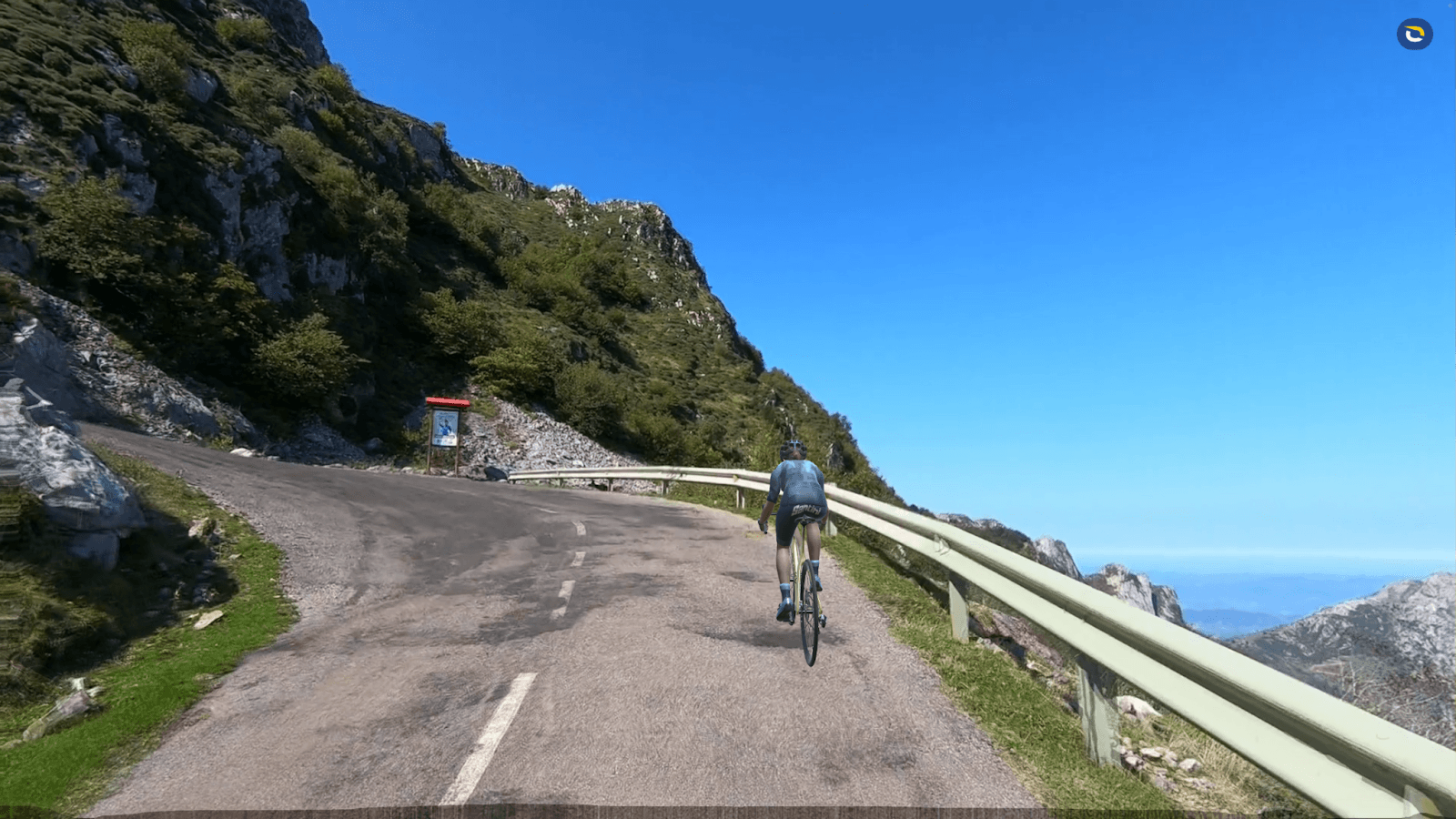 Above: My avatar approaches a very steep hairpin on the Alto de l’Angliru.
Above: My avatar approaches a very steep hairpin on the Alto de l’Angliru.
Wild Beauty in the High Hills: La Farrapona
Not far behind in difficulty in this year’s Tour is La Farrapona, an alpine climb winding through the dramatic terrain of Somiedo Natural Park in Asturias. This climb unfolds gradually, with sustained gradients that reward patience, smooth cadence, and mental grit. It’s a stunningly beautiful route with green valleys below and raw, open ridgelines above.
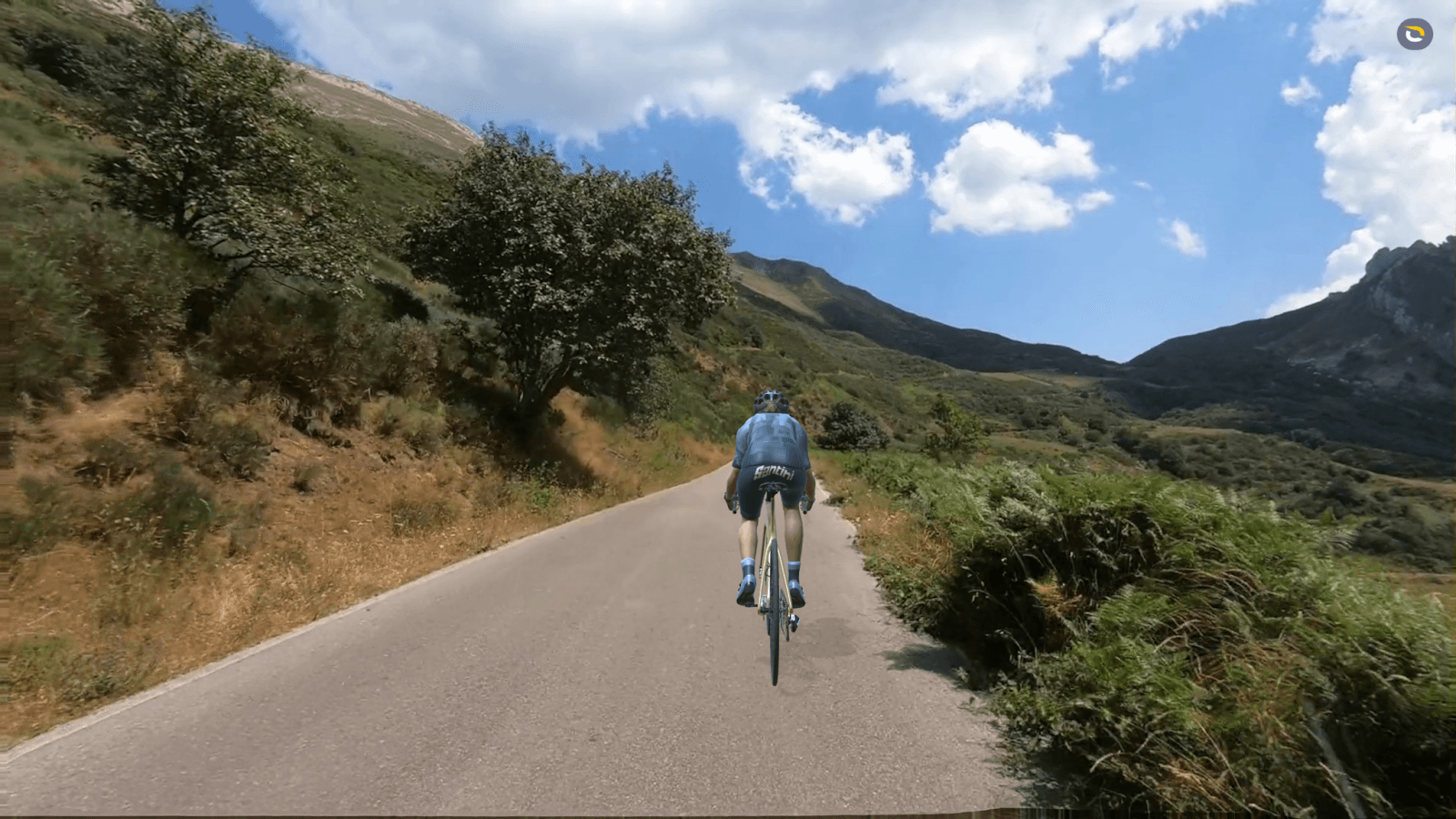 Above: Climb La Farrapona in Asturias, Spain on ROUVY.
Above: Climb La Farrapona in Asturias, Spain on ROUVY.
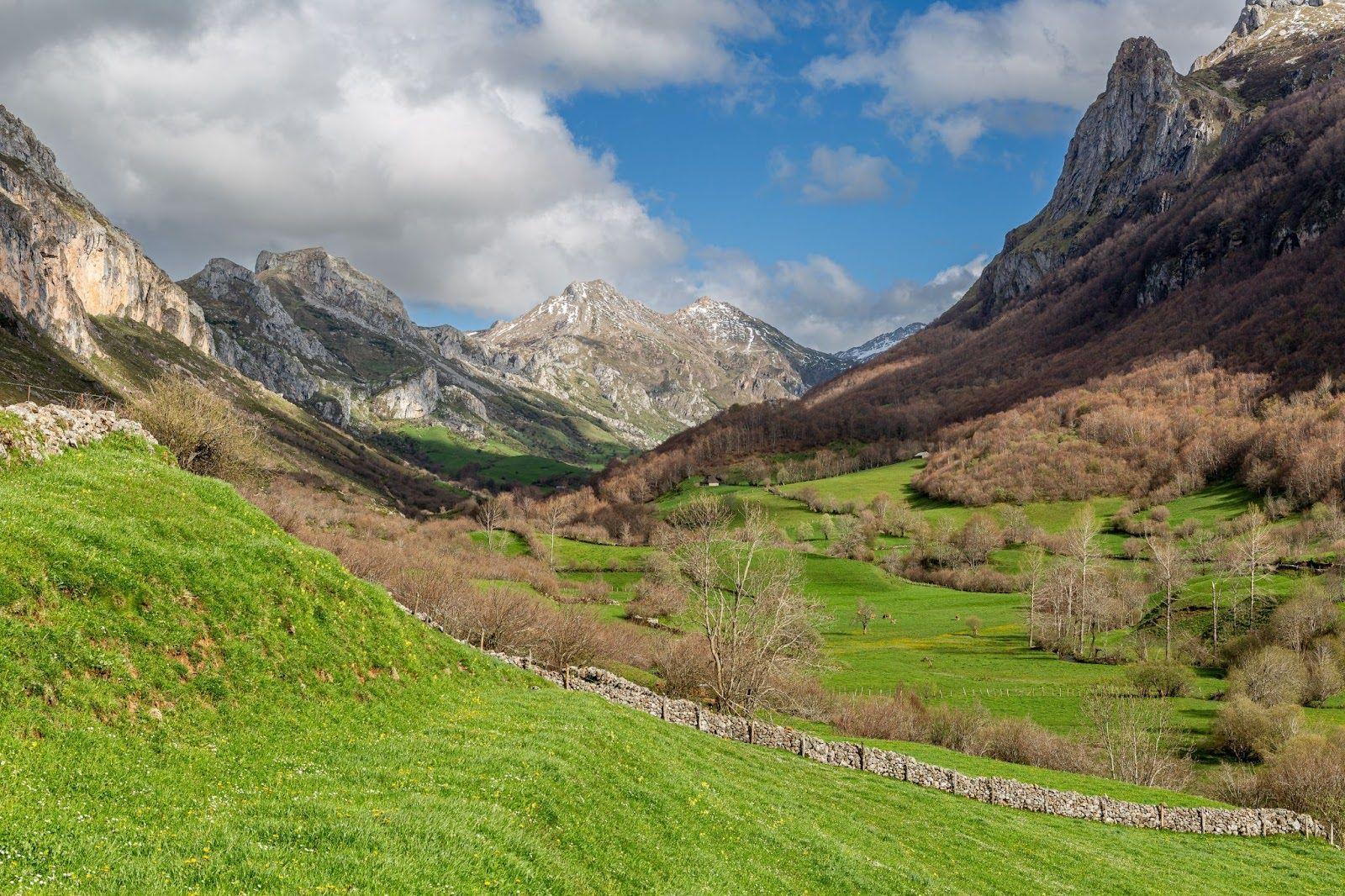 Above: La Farrapona climb situated in the Somiedo Natural Park in Asturias.
Above: La Farrapona climb situated in the Somiedo Natural Park in Asturias.
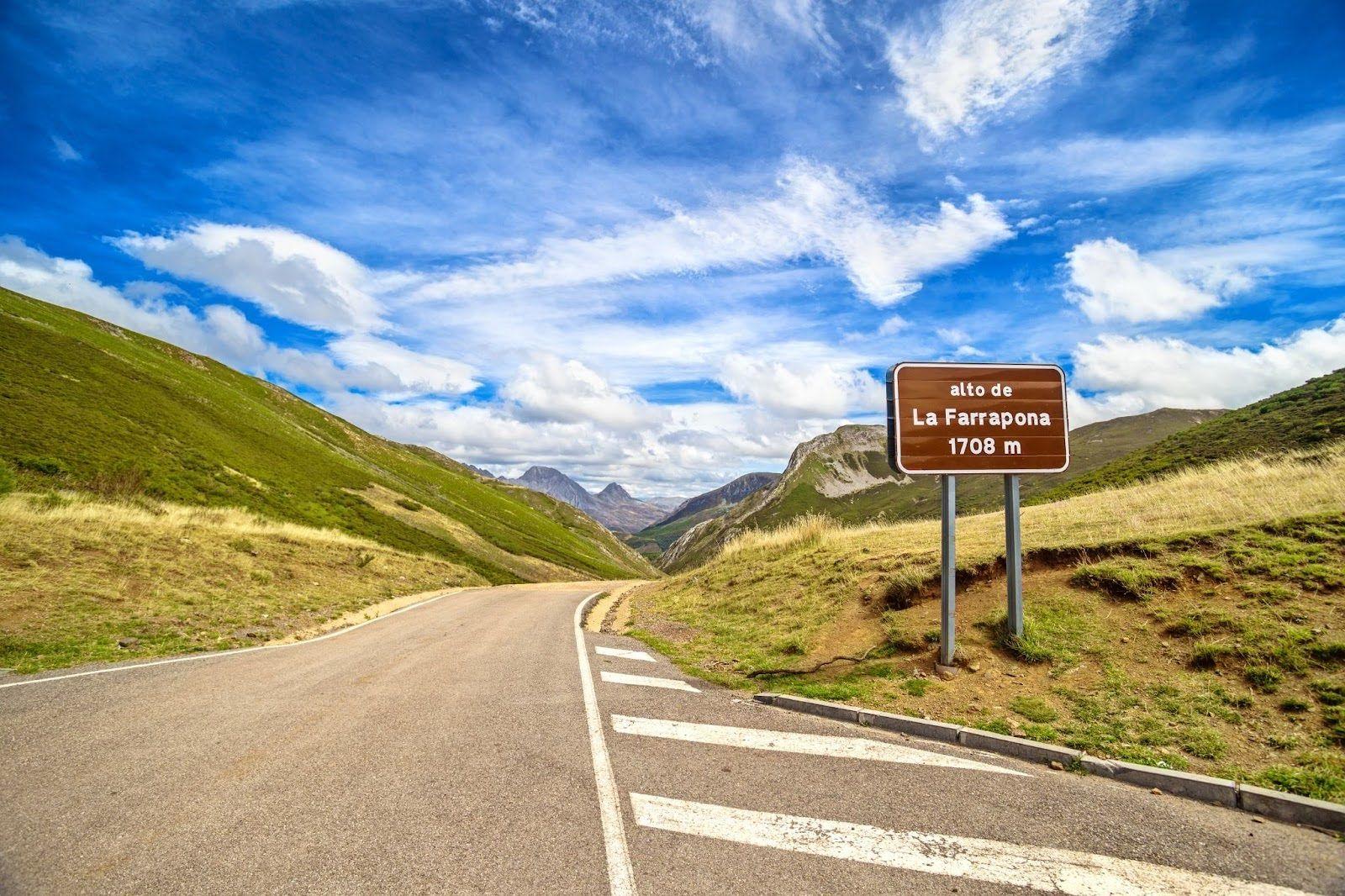 Above: Climb the La Farrapona and enjoy magnificent landscapes.
Above: Climb the La Farrapona and enjoy magnificent landscapes.
Pyrenean Panorama: Larra-Belagua
If you’re drawn to longer, steadier climbs, Larra-Belagua in the Pyrenees offers a scenic, high-altitude effort. You’ll snake upward through ancient pine forests and across open vistas where the mountains stretch into the distance. It’s less about leg-searing gradients and more about staying power and pacing—perfect for building climbing endurance, plus enjoying the views.
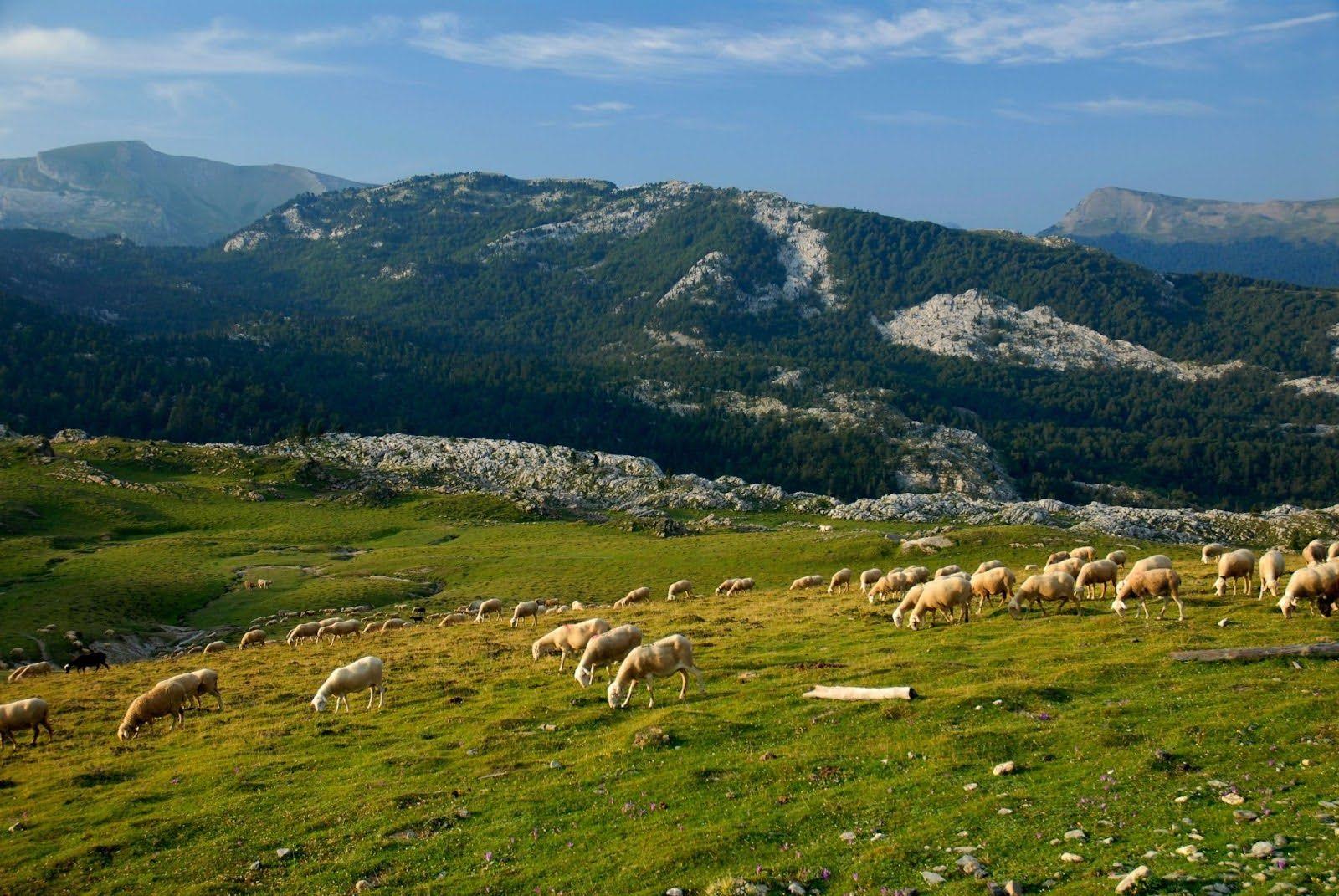 Above: The peaceful and scenic Larra Belagua landscape.
Above: The peaceful and scenic Larra Belagua landscape.
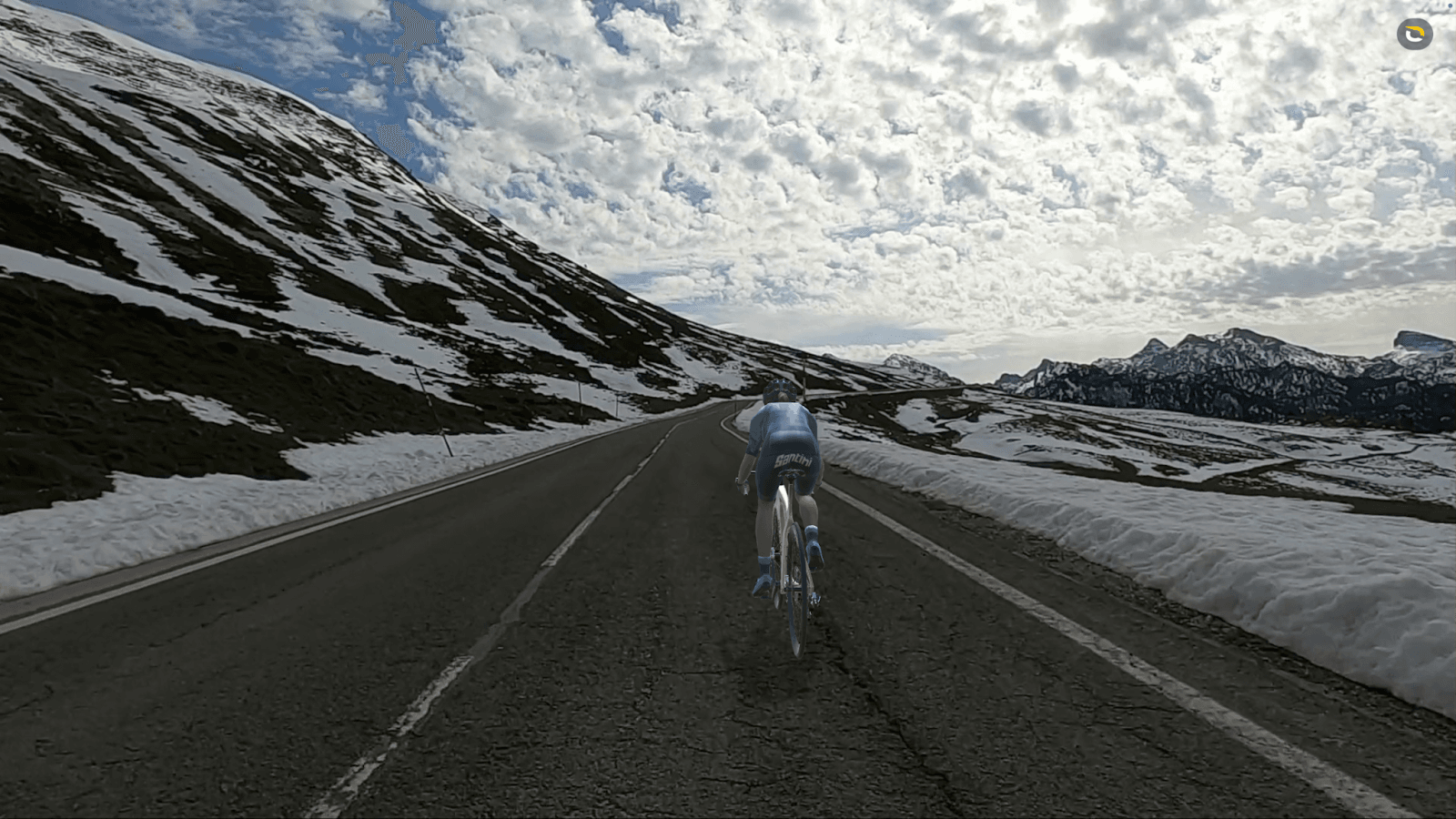 Above: Cycle the Larra-Belagua on ROUVY.
Above: Cycle the Larra-Belagua on ROUVY.
Galibier: Alpine Monarch via Briançon
The ascent to the Col du Galibier (2,642 m) on ROUVY follows the southern route from Briançon through the beautiful Col du Lautaret, featuring about 8.6–8.7 km of climbing. It starts at 2,057 m, gaining 585 m at an average gradient of 6.9 to 7%, peaking at 9% in the final kilometre. The climb becomes tougher after Plan Lachat, with sustained pitches and hairpin turns offering stunning views. From 18 km in, it’s only a 6% average gradient to the summit. This route is ideal for aerobic threshold training, with mild gradient variations to keep it engaging.
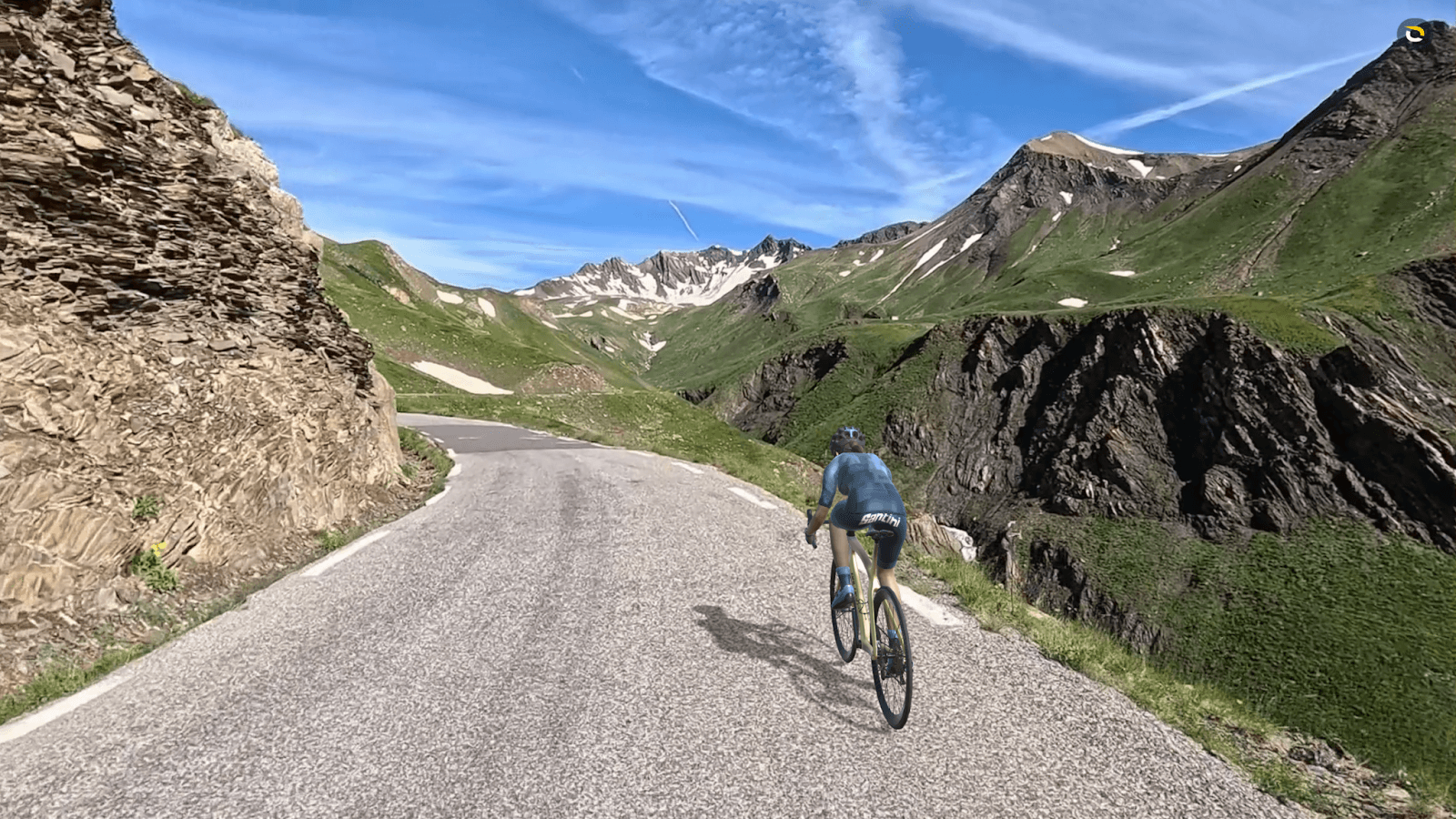 Above: Climb the beautiful Col du Galibier via the Col du Lautaret on ROUVY.
Above: Climb the beautiful Col du Galibier via the Col du Lautaret on ROUVY.
Alto da Groba (Collado Fancuaya): Forest Climb in Asturias
The Alto da Groba (or Alto de Mougás) in Galicia is a challenging 9 km climb with a 765-meter elevation gain. It features an irregular gradient with short, steep pitches and requires frequent gear changes. The climb is set in wild pine and blue eucalyptus trees with the odd wild horse grazing next to the road. This climb provides a demanding workout for threshold surges and power efforts. After the ascent, there’s a fast downhill ride to Vigo Bay in Baiona.
 Above: Look out for the wild horses on the forestry Alto da Groba.
Above: Look out for the wild horses on the forestry Alto da Groba.
Virtual La Vuelta on ROUVY
ROUVY is the only indoor cycling app where you can ride on route segments from this iconic Spanish Grand Tour from your home on your trainer or smart bike. Experience the thrills, sights, incredible scenery, and various terrains with realistic, high-quality video routes, whether you are a rider new to the sport wanting to get a taste of a flat to mildly hilly route or a racing snake or mountain goat. It's your choice, from social and casual group rides to full gas racing. Get fitter, follow the pros, and feel the heat and thrill of La Vuelta.
